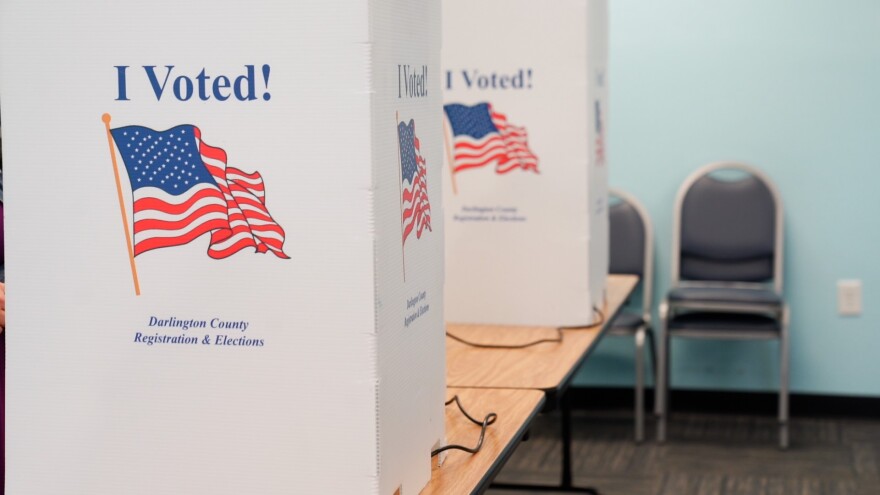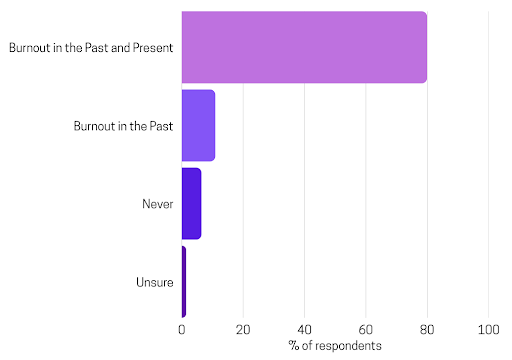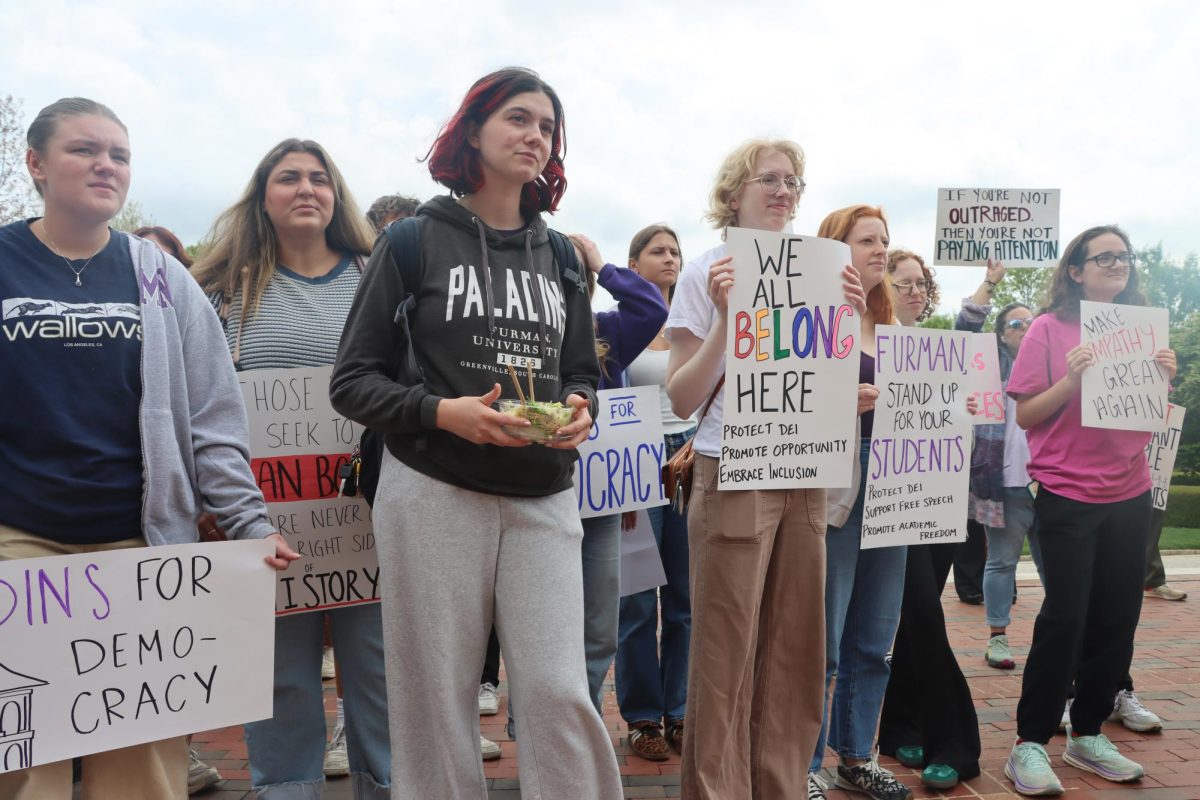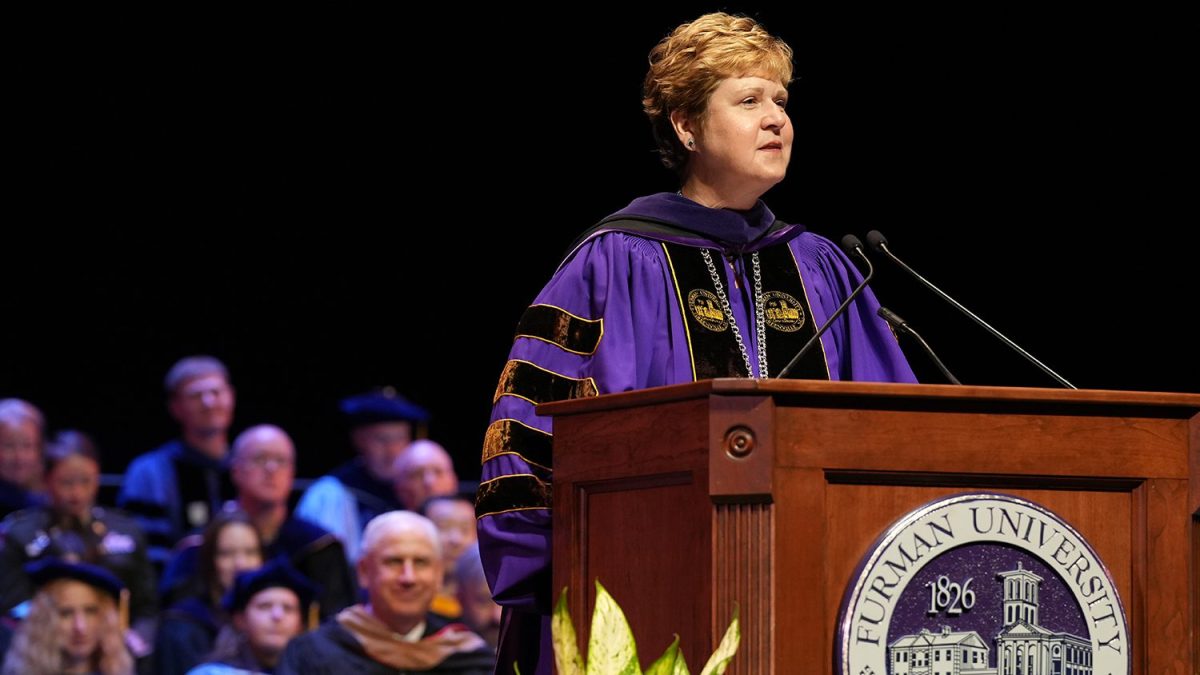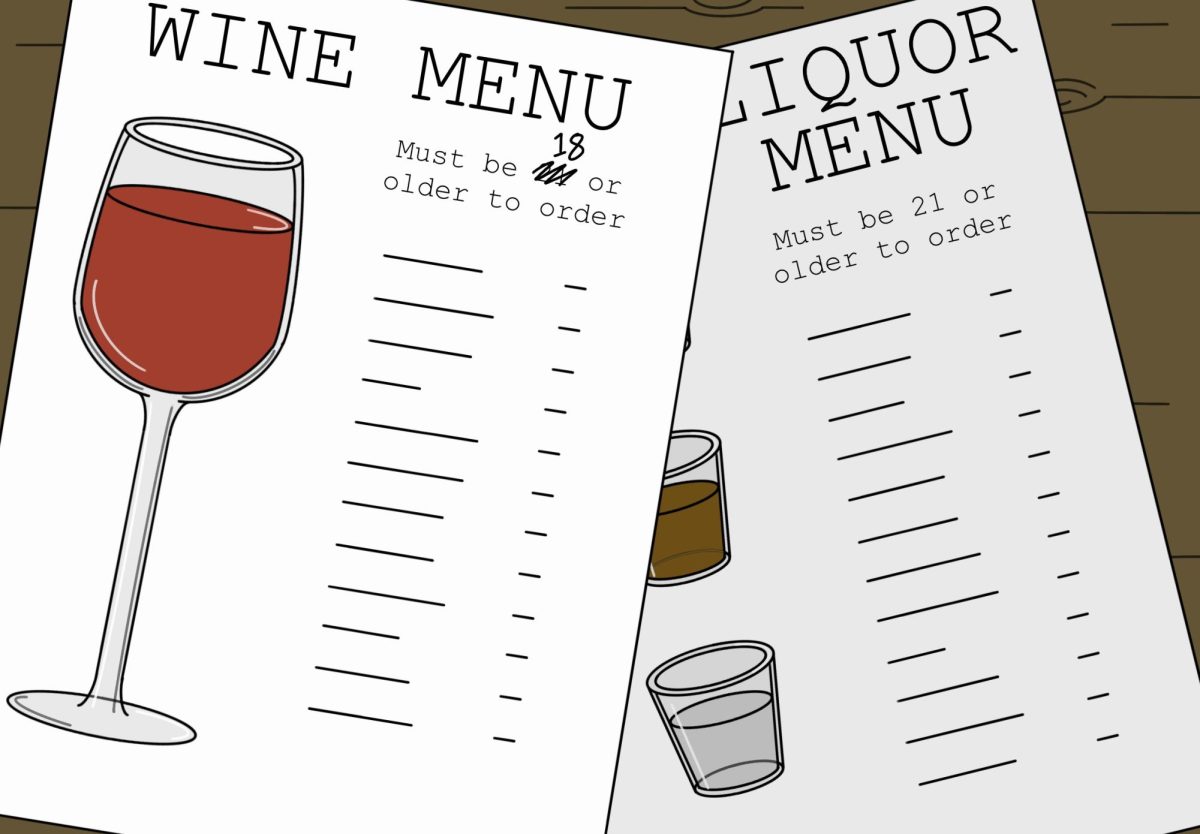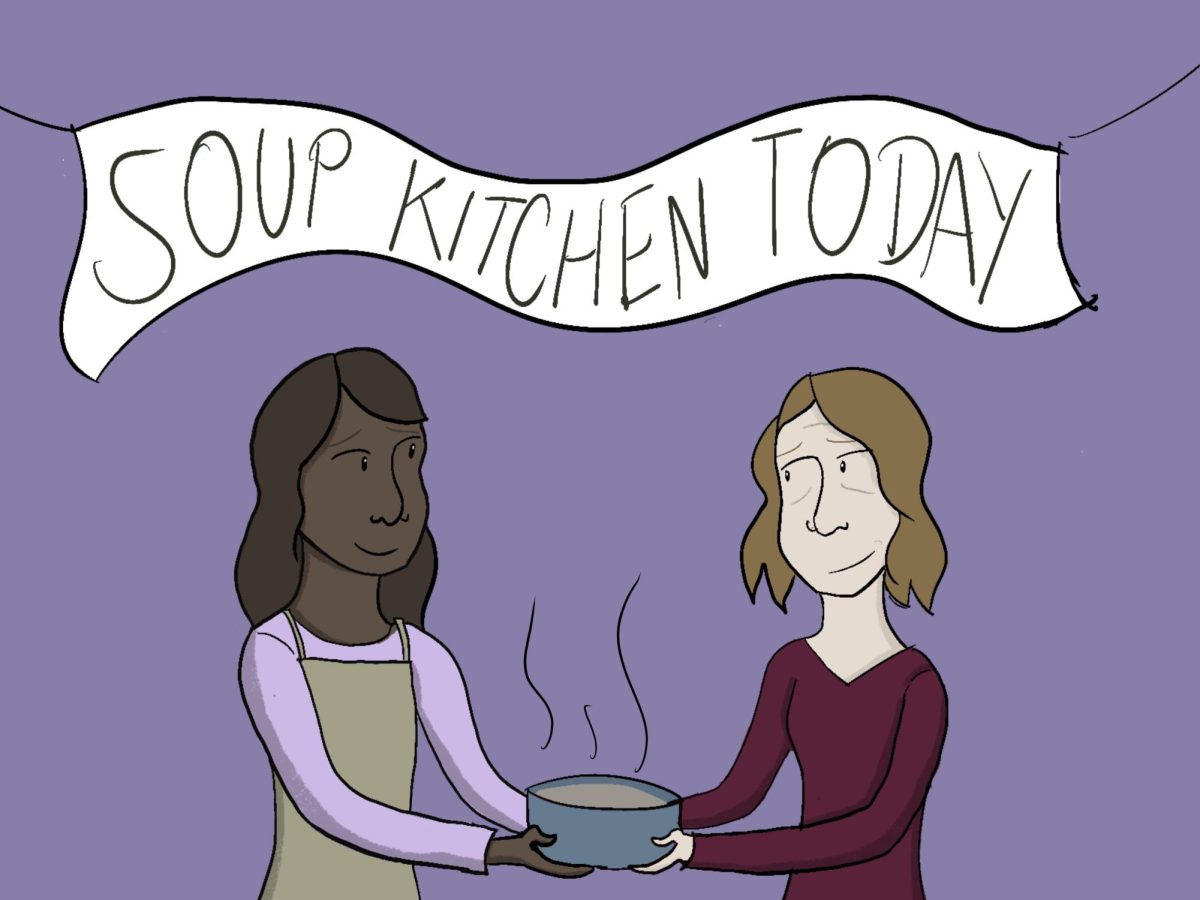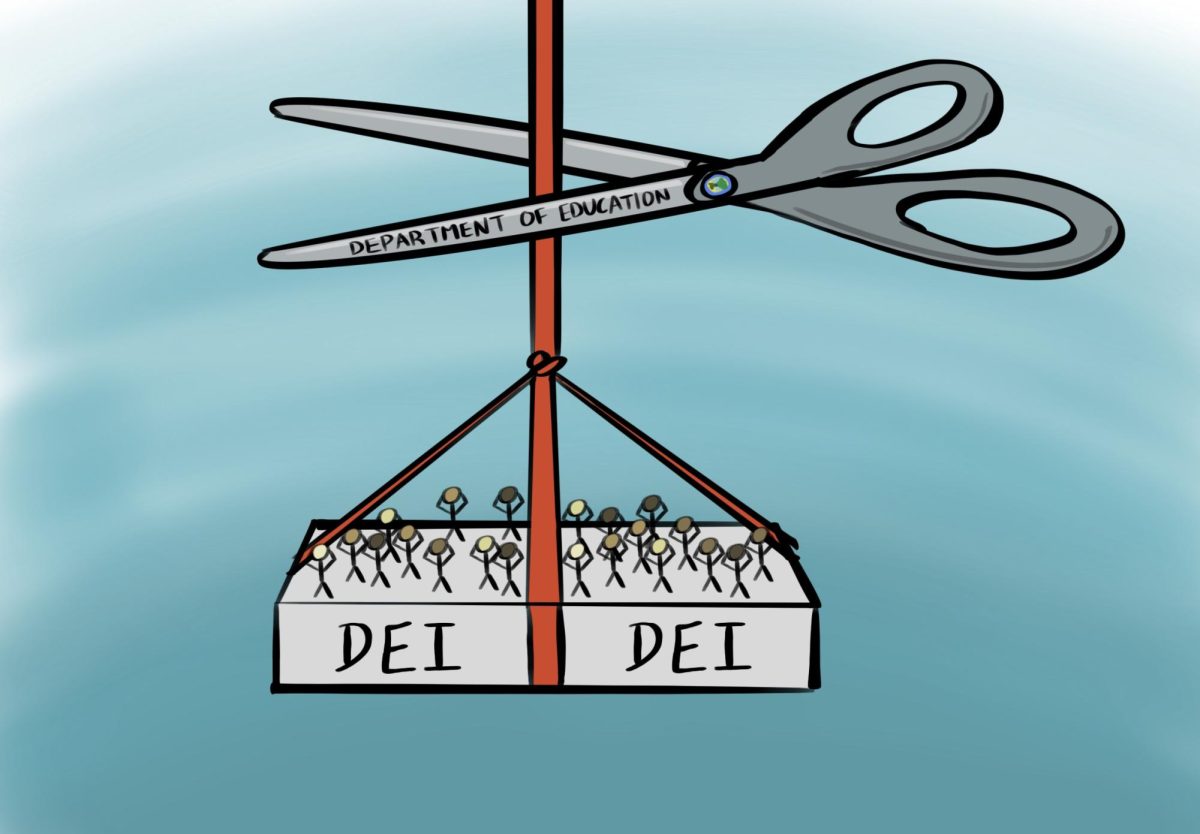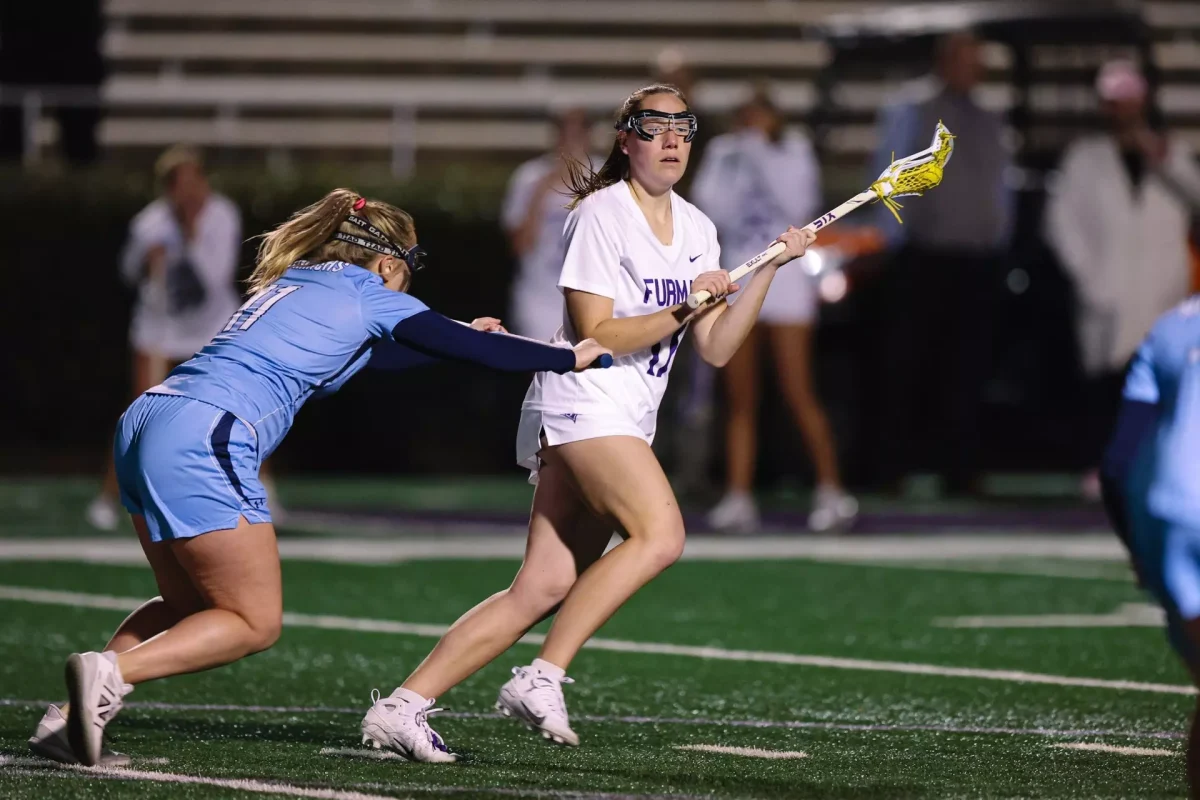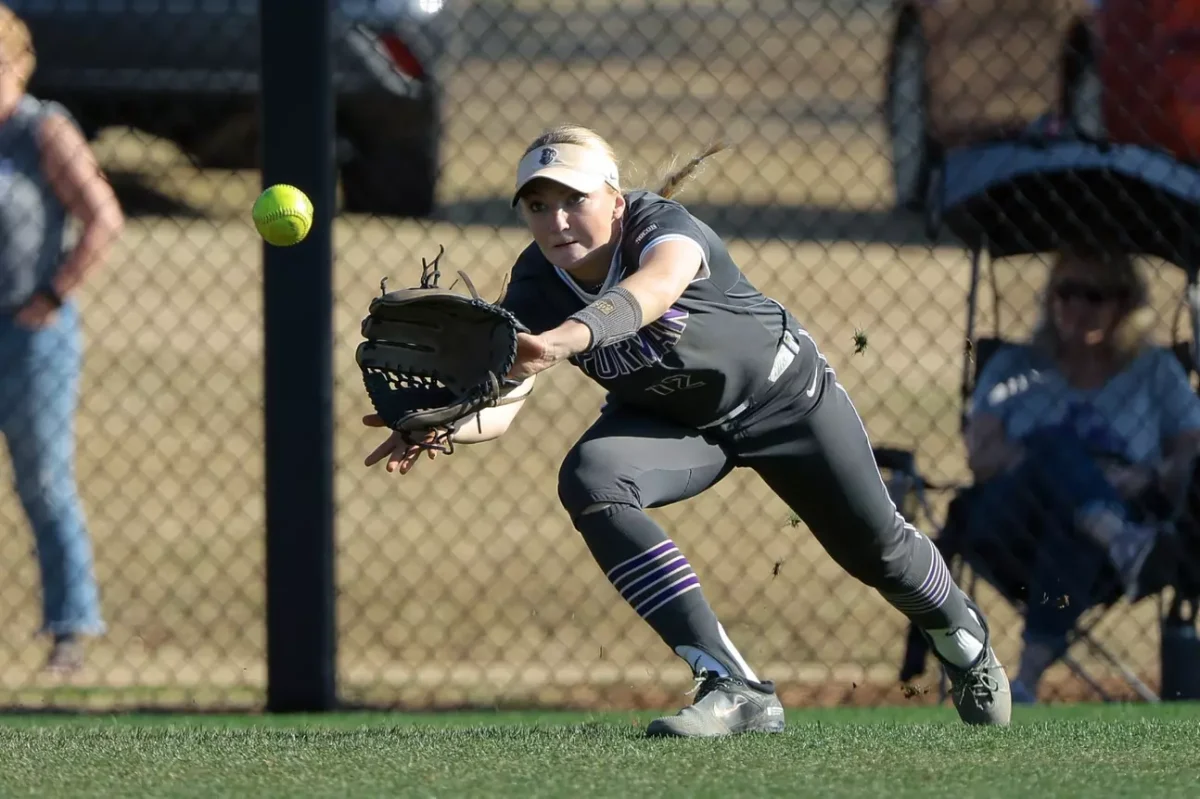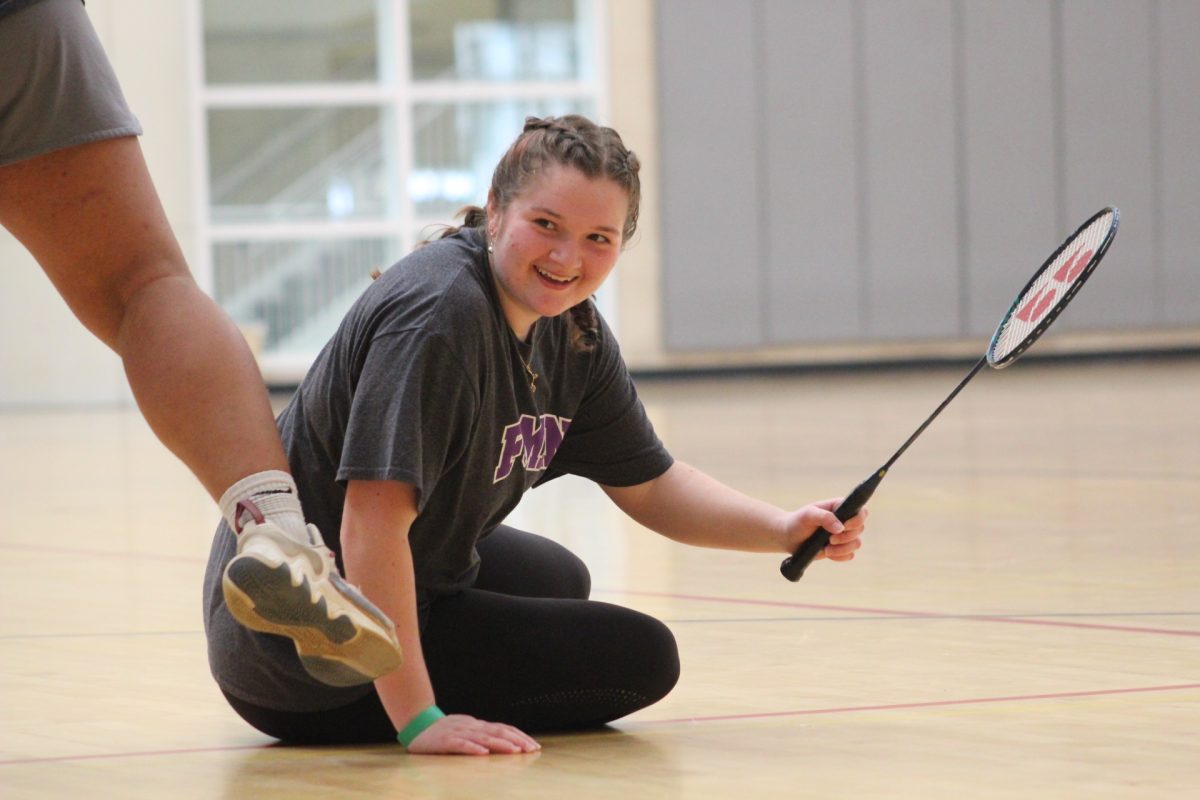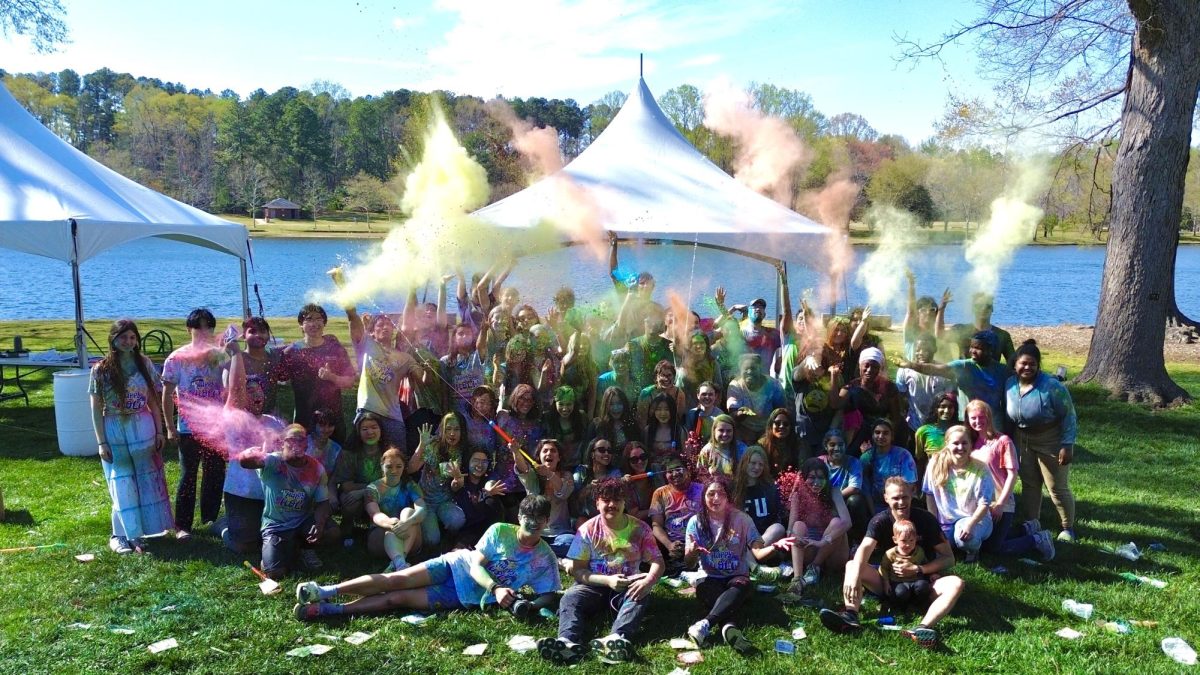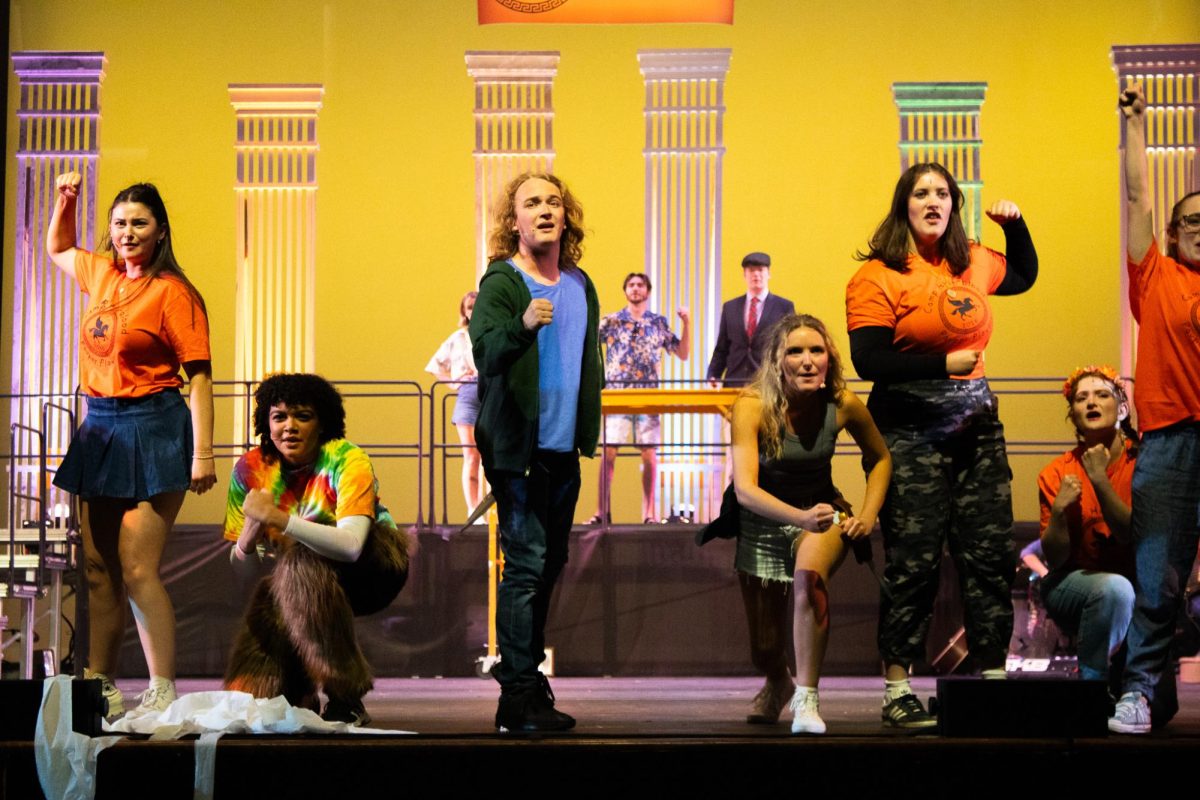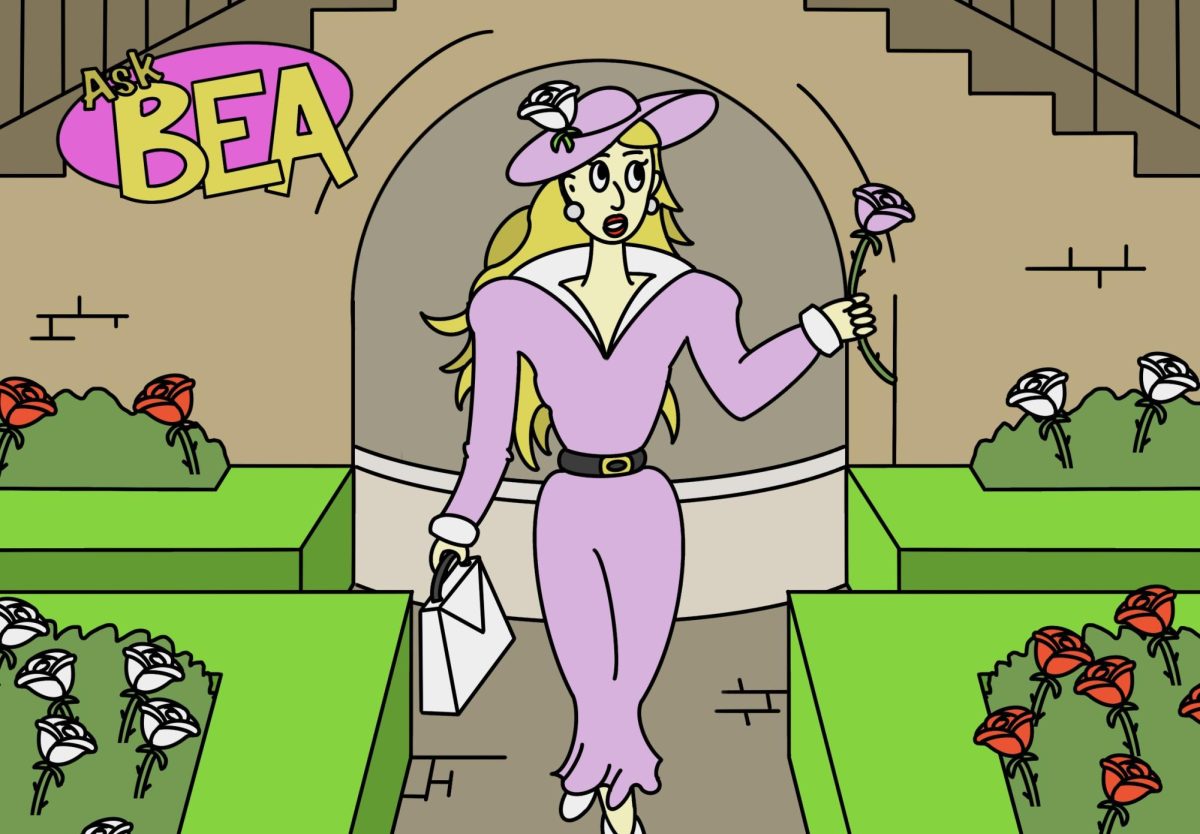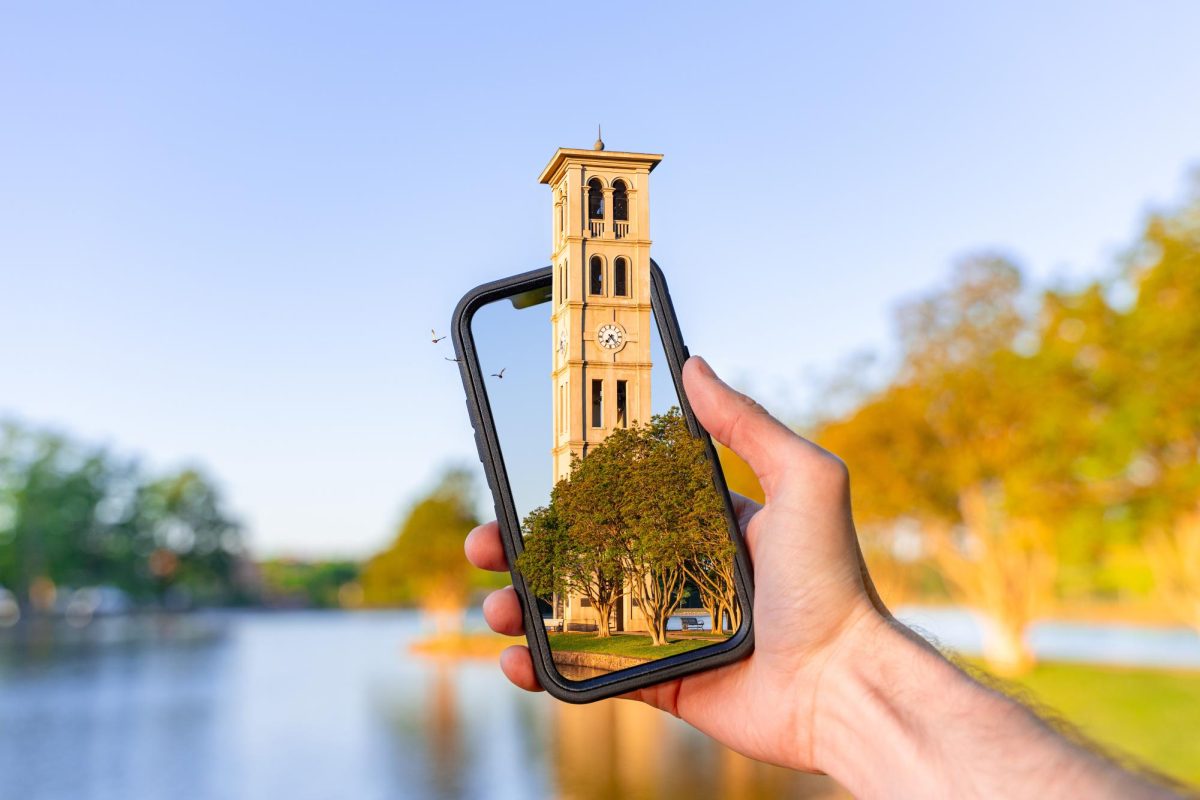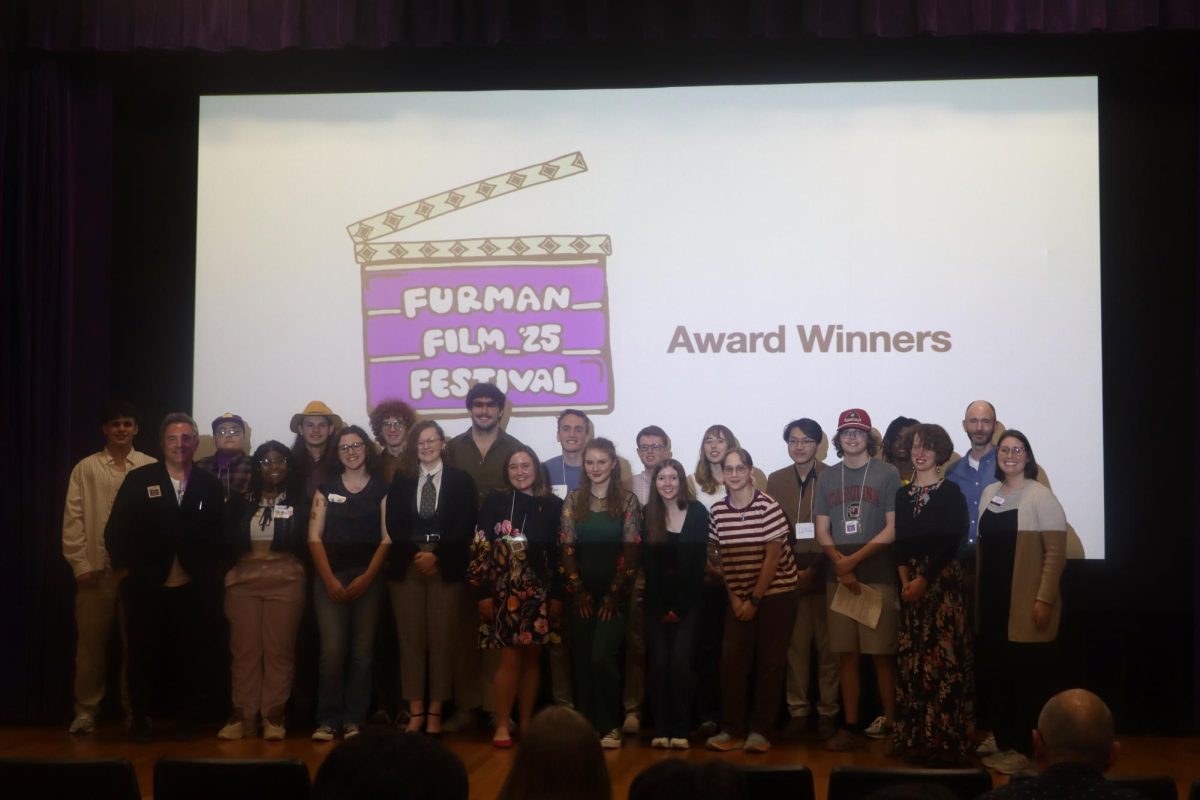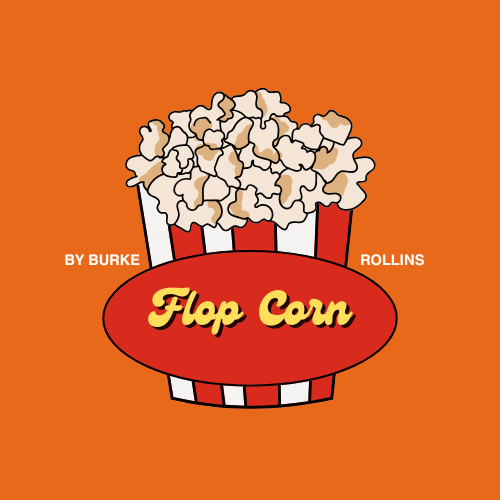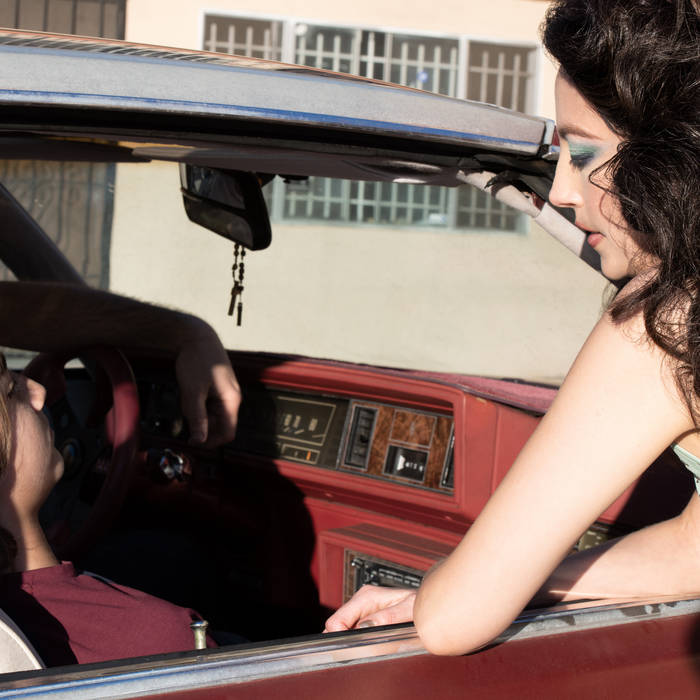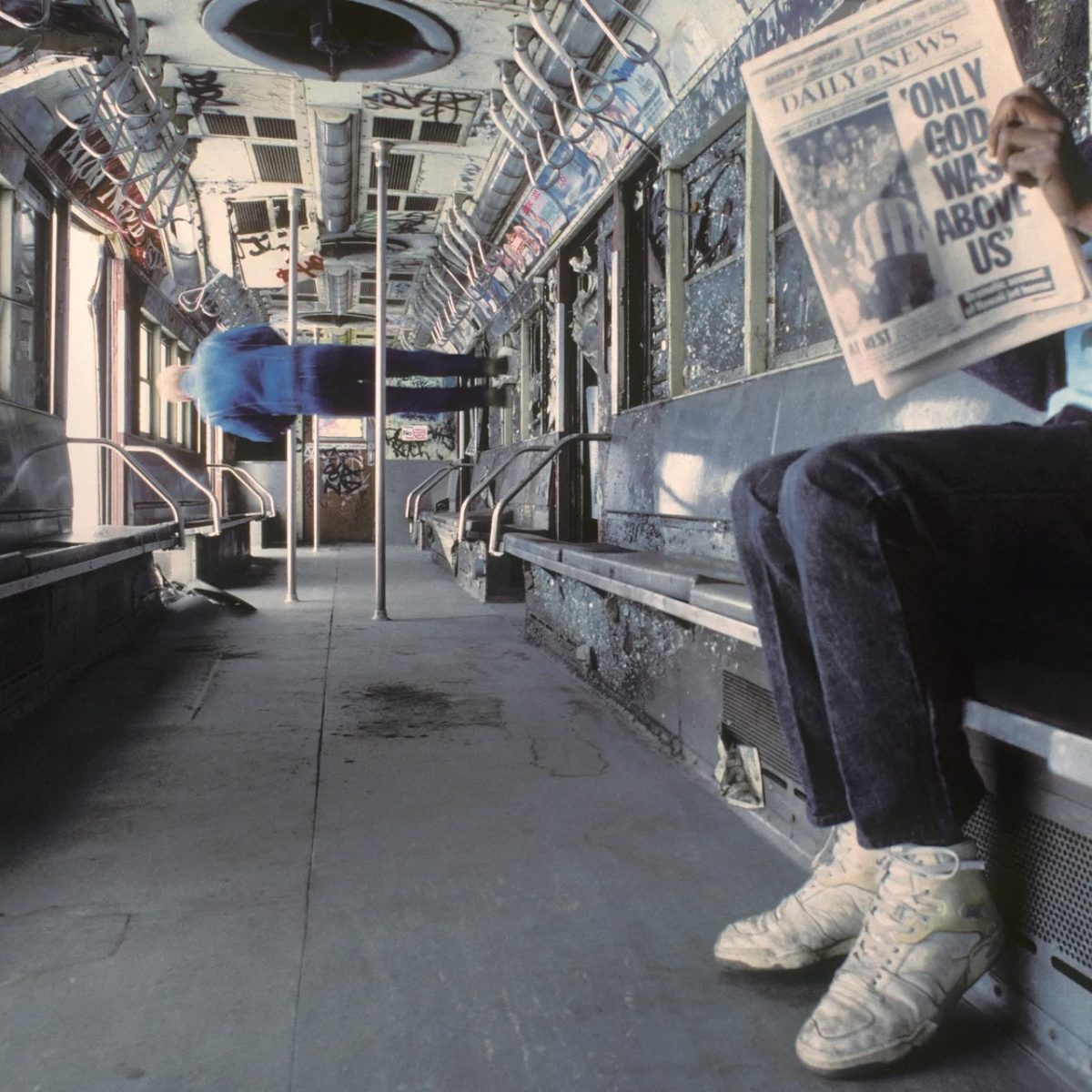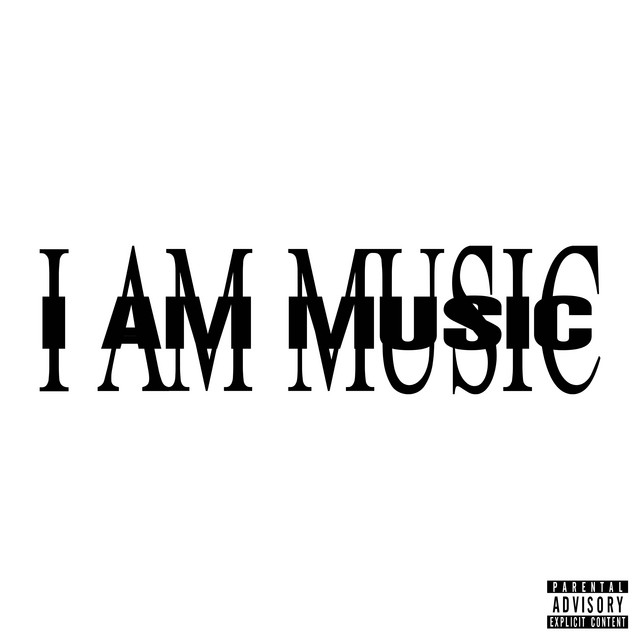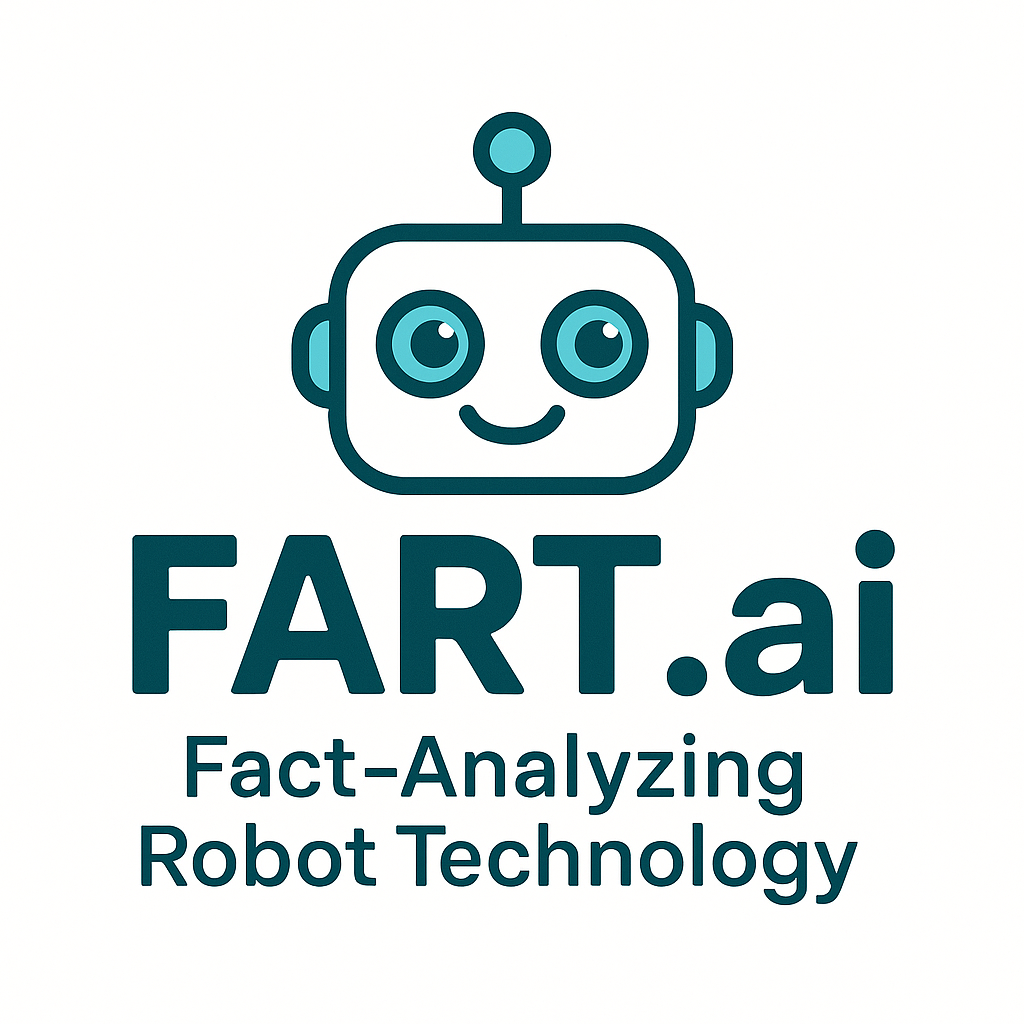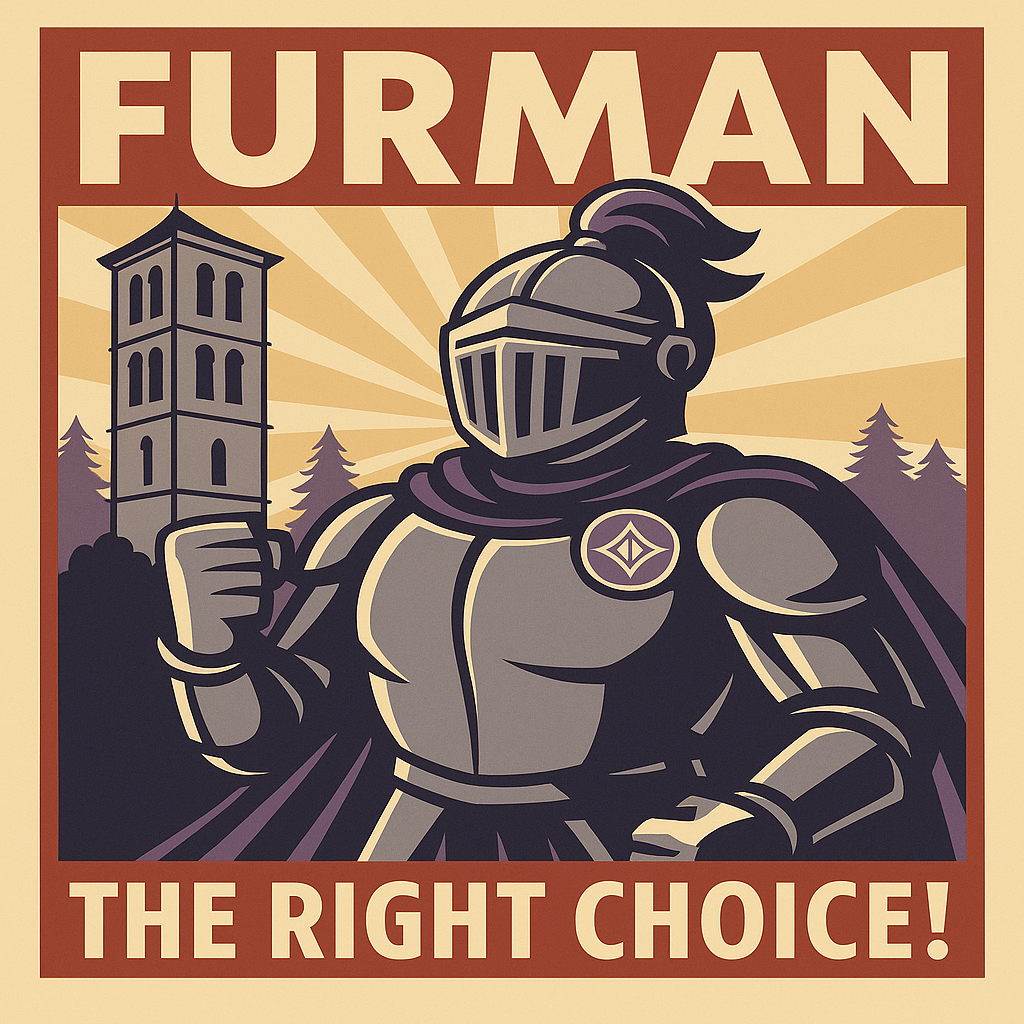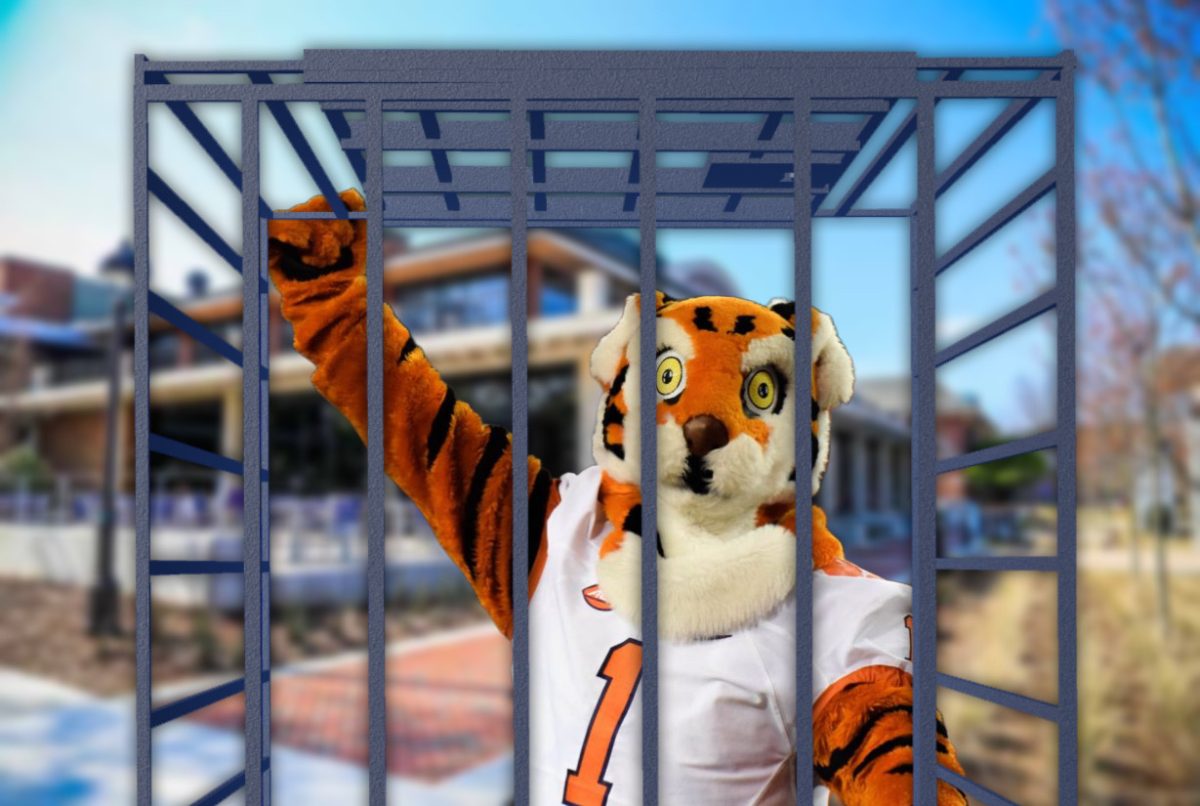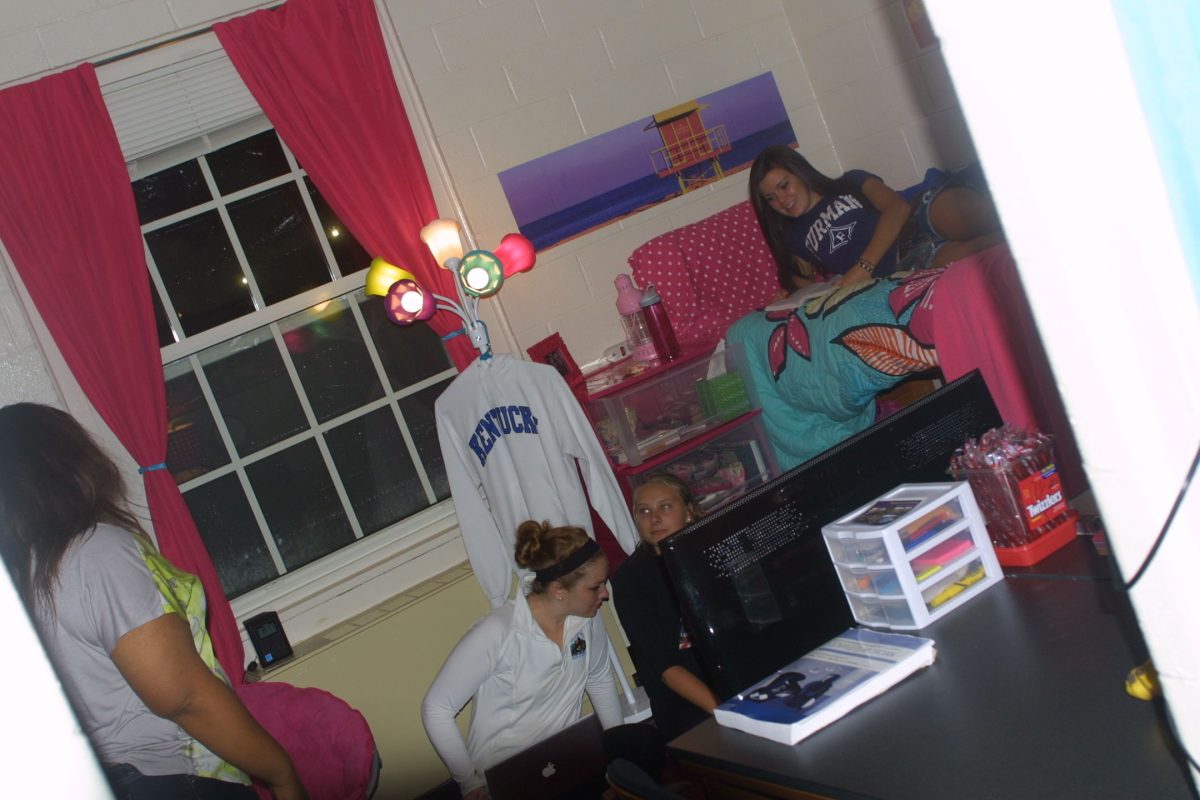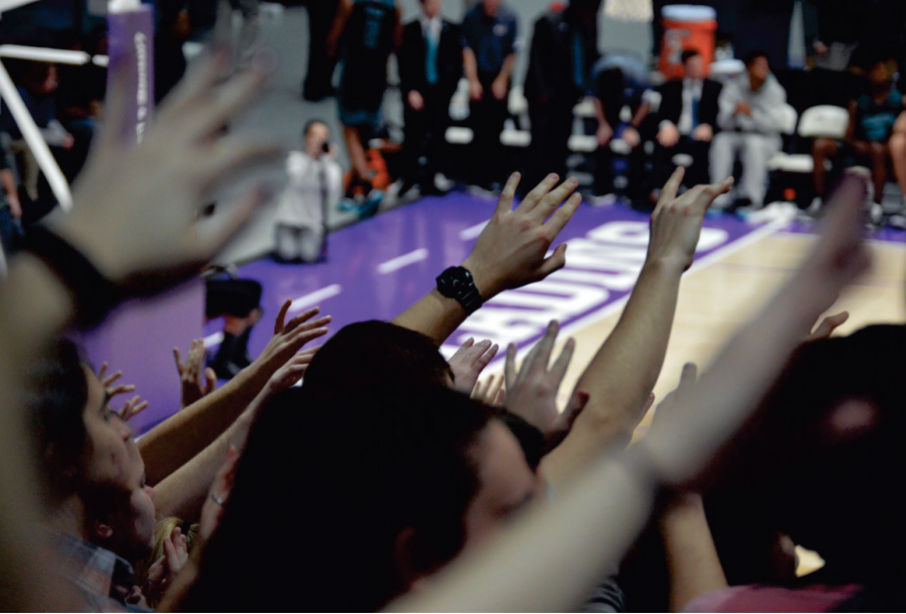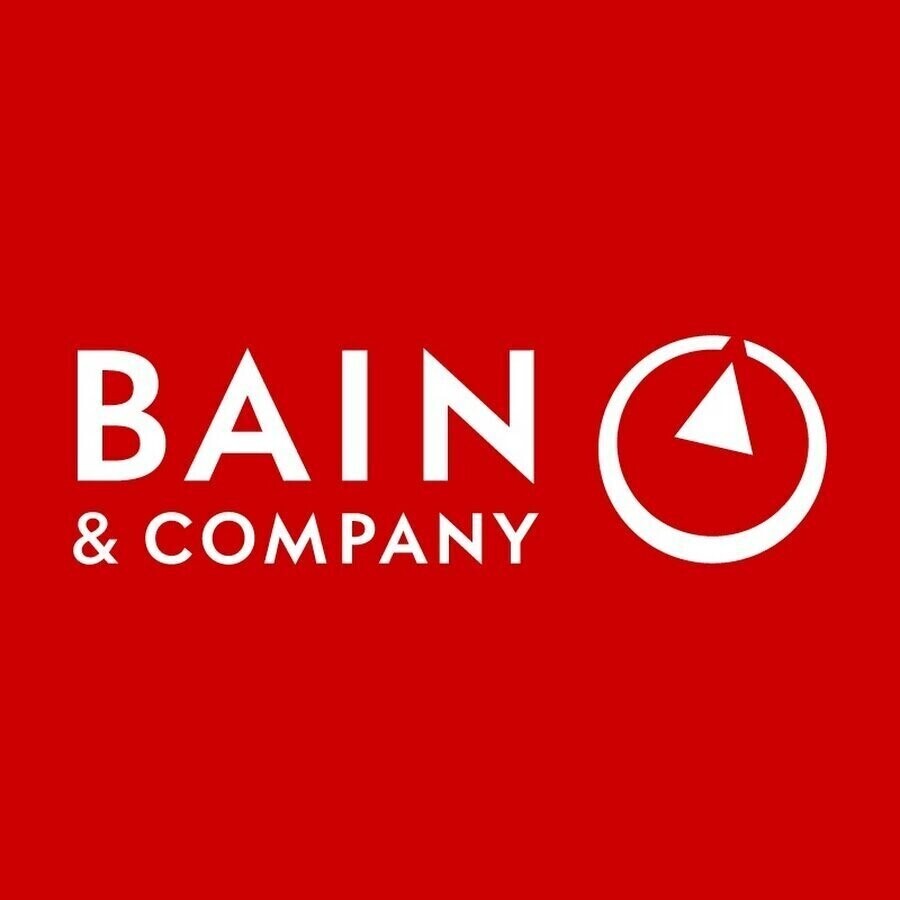By: Nomonde Gila, Contributor and Evan Myers, Assistant News Editor
The morning of March 25, Furman’s Office of Diversity and Inclusion received a bias incident report concerning a video on social media that depicted a Furman University student singing along to a hip-hop song that included the “N” word.
The video elicited strong reactions from students all over campus. Later that day, Chief Diversity Officer Michael Jennings sent out an email, notifying the campus community that the administration was aware of the video and its inappropriate and offensive content. The email emphasized that the video did not represent Furman’s stated values regarding diversity and inclusion, expressed that the student had apologized for their actions and committed to making more thoughtful decisions in the future and finally, assured recipients that the administration would engage the student who appeared in the video in an effort to educate and discuss how their actions affected the broader community.
After the initial email confronted the issue and officially informed the student body about the video, the dialogue between the administration and the student body drew to a close, but the conversation on campus continued. Furman’s student organizations, including SLBC, NAACP and SGA wanted to host an event to discuss the video and “the bigger picture — issues of diversity and inclusion on Furman’s campus,” explained SLBC President Sasha Doster. Collectively, they organized Furman’s first town hall meeting on issues of race at 8 p.m. Thurs., March 28.
Opening a dialogue for intensive yet informative discussion, students of all backgrounds filled McEachern Hall that evening to share their perspective. Some students were understandably upset, claiming that “the school’s reaction was a disappointment and did nothing but protect the student” and emphasizing that “limited groups of diversity on campus feel targeted and unsafe” when events like these occur. Others, including Doster and sophomore Cameron Abney, have since expressed that they were “not surprised.” Abney went on to say, “I think that it is going to get brushed over just like everything else” with a sigh.
Students seem to agree on two things: first, that racial issues at Furman are more prevalent and profound than this one incident, and second, that there is a disconnect between Furman’s administration and Furman’s student-body with respect to issues of diversity and inclusion.
Qwameek Bethea, Vice President of NAACP, recently articulated both of these views in an interview with The Paladin. With respect to the larger context of racial issues at Furman, he emphasized that there is a difference between “intent and impact,” elaborating “I don’t think the student’s intent was to harm anyone… but this person is representative of Furman [and] it’s important to figure out how many people think this is ok.” The video is hurtful, but more so still because for many, it is a clear example of latent racism that still exists at Furman University.
Moreover, the administration’s response to the video made many students, including Bethea, question whether Furman’s administration and student body are on the same page regarding racial issues on campus. Bethea identified two key disconnects. First, though Bethea has been encouraged by overarching administrative efforts to reconcile Furman’s controversial history with race — such as the Seeking Abraham Task Force — he feels that “there is not that much student support behind it.” Second, Bethea said that the same student groups who organized the town hall struggle to communicate with the administration. “We want to hold the University accountable, they’re saying they’re going to do something, but we want to see actual things getting done,” said Bethea. From his perspective, Bethea said that miscommunication between the administration and the student body is “definitely making us feel like we don’t know if you guys care or not.”
In the end, the recent “N” word video emphasized that Furman’s long struggle with racial issues continues today. Furman’s administration taking notice of the video and student efforts such as the recent town hall meeting are encouraging, but in order to address recurring issues from our past — such as when the “N” word revisits campus — it is critical that the administration and student body work together to come up with concrete solutions. Suggestions offered in the wake of recent events include clearer guidelines and standards for incidents of bias, increased inclusion and attendance to events hosted by minority groups and an extended town hall series that brainstorms more serious solutions.

